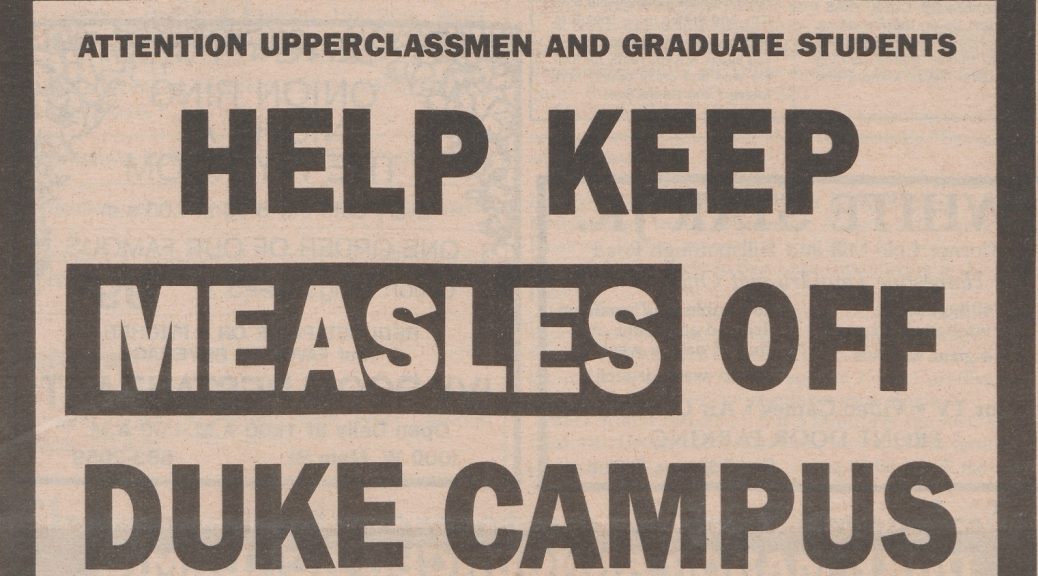Post contributed by Shaina Leverett, Harry H. Harkins Intern for the Duke Centennial, Duke University Archives
If someone approached you and asked- “What is this thing you call Duke University? What does it mean? Where does it come from? Who makes it? Who continually makes it?” How would you respond to that?
Four undergraduates applied to create an exhibit showcasing the last 100 years of Duke history. As part of a Story+ summer research program, their jobs were to comb through the University Archive and chose 100 items that evoked Duke’s last 100 years, and subsequently curate an exhibit. Now, to give you some perspective on what that task entails, the university archive contains about 11,000 linear feet of records (including digital records).
Here’s the moment where we scratch the track and ask “Wait, hasn’t Duke been around more than 100 years?”, and the answer is yes, technically speaking Duke began as Brown’s Schoolhouse in the year 1838. Instead, the Duke Centennial celebrates the 100th anniversary of the establishment of the Duke Endowment by James B. Duke. This charitable organization supports a number of causes and organizations, one of them being Trinity College. The college quickly changed its name to Duke University to reflect the transformative nature of this ongoing gift. The Story+ scholars looked back through the records since that pivotal year, and their work resulted in a rich and kaleidoscopic narrative of our school, which is now on display in Chappell Gallery in Perkins Library and online.
The students tasked with this project are Caroline Edmondson (T’26), Prisha Gupta (T’ 26), Zoe Tishaev (T’ 24), and Melody Tzang (T’ 25). Their project was managed by Jessica Orzulak, PhD, and they were further assisted by a team of staff at the Rubenstein. I sat down with each of the four undergraduates and asked them a series of questions ranging from the practical and philosophical struggles of the task. Their responses highlighted the difficulty in attempting to tell a ‘complete’ story about our institution, and the reasons we try to do it anyway.

Interviewer: Your task was to create an exhibit showcasing the last 100 years of Duke’s history. How did you find a focus for that wide of a time period?
Caroline: Yeah, that was definitely a big challenge. We came up with a list of themes that we knew we wanted to cover, as well as events that we already knew about just from our experience being here. Then it was a little easier to narrow the search and say, okay, let’s find some stuff that talks about the Woman’s College. Okay, let’s find some stuff that talks about the Graduate School or the Duke Forest. Also, we would look at collections that interested us, or that we thought might contain some insights. We tried to find objects that sort of spoke for themselves or spoke to parts of the stories that we didn’t necessarily know.
Interviewer: Part of looking back, especially over the course of a century, means we have to sometimes look upon some disappointing parts of history. How did you consider including the parts of our history that are more difficult to engage with?
Zoe: I think I’m a big believer that we criticize the institutions that we love. Because we want to learn from our past and we want to make them better, right? So it’s good to look back and to reflect and to see where things have changed and how we can learn from our past and the shortfalls of things that we’ve tried that haven’t worked. Something that’s easy to forget about when we step into leadership positions is [that] we forget to think about what’s been tried already and how we got to where we are, and all the mistakes and all the successes that have led us here. Until we understand that, it’s difficult for us to truly move forward.
Interviewer: How do you hope people will react to this exhibit?
Prisha: [Looking at] the Trinity Archive from the 1920’s, the editor had written their editor’s letter on Duke’s name change. I loved getting to read that. That person was definitely only here for 4 years, but what they had written meant a lot to somebody–to me! I’m somebody in the future! Even small pins, T-shirts, and the photos that people take, I think it builds such an impact on what we understand to be Duke’s history. I just hope that people realize after they leave the exhibit that they matter to this institution in some way.
Interviewer: What have you learned about Duke’s past 100 years that most surprised you?
Caroline: There are some smaller stories that were definitely surprising, like my mind was totally blown when we found out about the parapsychology lab. I was also struck by how frequently I found things that were so similar to what’s happening today. I’m a member of Duke Players, which is our oldest student theater organization. One of the objects that we pulled out to represent that group is a script in a Playbill from a production of the Glass Menagerie. Like decades and decades ago, and now we still read that play all the time!
Interviewer: What advice would you give to your fellow undergraduates, who maybe haven’t utilized the archive yet?
Zoe: You should absolutely do it. At least once in your career. It’s so touching and grounding to connect yourself back to the students who roamed the same halls as you and walked the same ground. There’s something very humbling about that and it’s just so fascinating to see. I think the library staff are nothing but helpful. Just go into the archives, they’re open for everybody. And ask the staff member to walk you through it. They will be delighted and thrilled that you have taken an interest, and honestly, our library system is probably one of the best in schools of our caliber.
Interviewer: Are there any skills you gained from this experience that you see yourself using in your education or your future job?
Melody: For sure, all of the soft skills that are super important in the workplace- collaboration, problem solving, also, just being able to communicate properly with so few words. [My] writing skills definitely came in handy with the label writing. It’s a really difficult learning how to be concise in your writing with so little space, especially for the [artifact] labels. Cutting it to 100 to 150 words is really tough because we’re doing all that primary source research we come across. Maybe we only write 10% of what we’ve actually researched, and so [from] that whole breadth of knowledge [it] is really hard to pick and choose what our general audience would want to take away from an artifact. Or maybe there’s too much information that we just can’t put in there that we actually really wanted to share. So, a lot of it was how do we be concise with our writing? How do we also be creative in combining information together and spread it across different labels [so] that information still gets out there.
Interviewer: What is your favorite artifact in the exhibit?
 Melody: My personal favorite item in the exhibit is this printing plate of the Duke alma mater. The alma mater was originally titled “Hymn to Trinity” by a graduate student named Robert H. James. It was a devotional for Trinity College before Trinity College became Duke University. He was inspired to write a hymn to Trinity in order to show his own gratitude and devotion to his college, and then also to express the feelings of his fellow students and others in what he called “the little worlds of Trinity.” It kind of mirrors that sort of same devotion and gratitude that I have for Duke.
Melody: My personal favorite item in the exhibit is this printing plate of the Duke alma mater. The alma mater was originally titled “Hymn to Trinity” by a graduate student named Robert H. James. It was a devotional for Trinity College before Trinity College became Duke University. He was inspired to write a hymn to Trinity in order to show his own gratitude and devotion to his college, and then also to express the feelings of his fellow students and others in what he called “the little worlds of Trinity.” It kind of mirrors that sort of same devotion and gratitude that I have for Duke.
 Zoe: I change my answer on this every time. I think my traditional answer has been the roller skates. [Follow the link for more details on a 1949 bus boycott against the rise in bus fares between East and West Campus.] I am a very pedestrian centered person. My whole thing on campus is fighting for more pedestrian access and less auto-centrism. So just seeing the energy people went through to walk from East to West campus because of a fare hike . . . it was more about the principal than the affordability of it. It’s a combination of civic engagement and people standing up for what they thought was right. Today, [that protest] could never happen. Students would not get that outraged. Or maybe they’d get outraged, but they wouldn’t organize around something of that scale. People drive from East to West Campus every day, and I just think it’s a strange shift because the distance hasn’t changed, but the students have.
Zoe: I change my answer on this every time. I think my traditional answer has been the roller skates. [Follow the link for more details on a 1949 bus boycott against the rise in bus fares between East and West Campus.] I am a very pedestrian centered person. My whole thing on campus is fighting for more pedestrian access and less auto-centrism. So just seeing the energy people went through to walk from East to West campus because of a fare hike . . . it was more about the principal than the affordability of it. It’s a combination of civic engagement and people standing up for what they thought was right. Today, [that protest] could never happen. Students would not get that outraged. Or maybe they’d get outraged, but they wouldn’t organize around something of that scale. People drive from East to West Campus every day, and I just think it’s a strange shift because the distance hasn’t changed, but the students have.
 Prisha: The picture of Jelly Leftwich and the Blue Devil is . . . [imagine here Prisha’s facial expression of palpable glee and adoration]. I’m a notorious Jelly Leftwich fan. I did a small research project on his scrapbook a while back and we don’t have the scrapbook in the exhibit, but that’s also an object worth checking out. Basically, he came here in 1926 to direct the three main bands at Duke. He’s kind of credited with revitalizing the music department at Duke. His scrapbook is really funny. Newspapers would also often call him handsome or something, and he would underline it every time.
Prisha: The picture of Jelly Leftwich and the Blue Devil is . . . [imagine here Prisha’s facial expression of palpable glee and adoration]. I’m a notorious Jelly Leftwich fan. I did a small research project on his scrapbook a while back and we don’t have the scrapbook in the exhibit, but that’s also an object worth checking out. Basically, he came here in 1926 to direct the three main bands at Duke. He’s kind of credited with revitalizing the music department at Duke. His scrapbook is really funny. Newspapers would also often call him handsome or something, and he would underline it every time.
Caroline: One of my favorite things that I totally found by chance was a glass lantern slide from 1935 of the Duke Forest. It’s meant for a projector, so it’s just kind of like tiny green glass image that you would put in front of a projector that would get displayed on a wall. When I checked out the collection, I thought it was going to be documents, but it was all these little glass lantern slides. It’s stunning and it honestly took my breath away a little bit. Because it looks just like it does now, like in 1935, the Duke Forest had as much beauty in it as it does now and I thought there was something remarkable about that. The Forest isn’t one of the institutions at Duke that I engage with very frequently, but it really put things into perspective for me. How lucky we are to have this resource that has been preserved for so long and will hopefully be preserved for decades to come. And to have this image of it from almost 100 years ago that looks so identical to how it looks now . . . it honestly made me a little emotional, this tiny image that someone took for research purposes in 1935 tells such a beautiful story of almost 100 years of the Duke Forest, which I thought was really cool.
The exhibit titled Our Duke: Constructing a Century will have its kick-off event on January 24th, 2024 from 4-6, with our curators set to give remarks at 4:45. On behalf of my fellow staff members in the University Archives department, we are exceptionally proud of the work of these four bright students. You can see from the exhibit, the level of care and gravity they considered when telling their story of Duke. We look forward to officially celebrating the fruits of their several months of hard work, and hope you will join us. To see more on the exhibit, including a virtual exhibition and the curator’s statements, please visit it OUR DUKE: Constructing A Century.


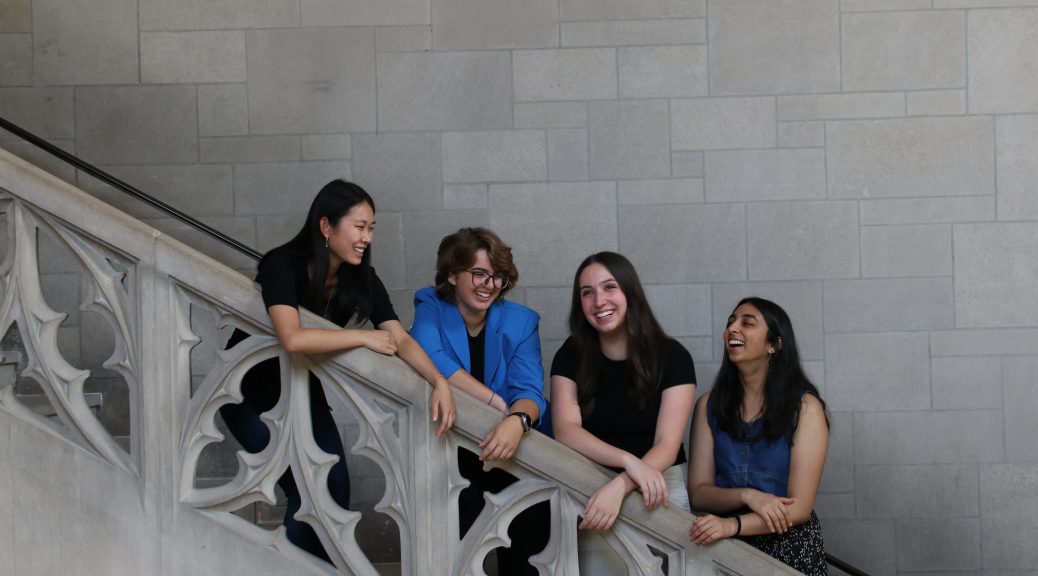

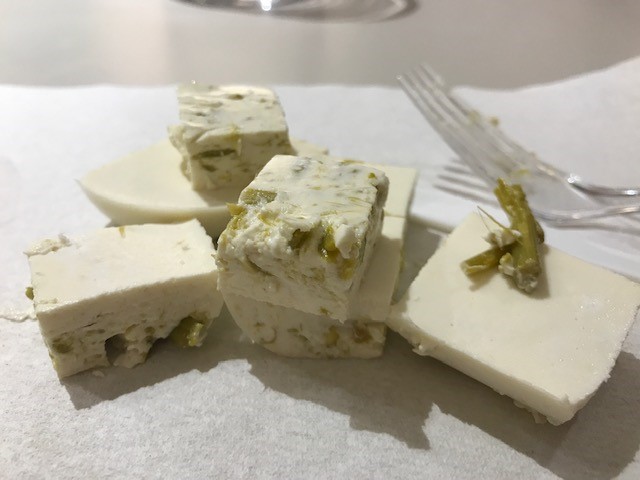


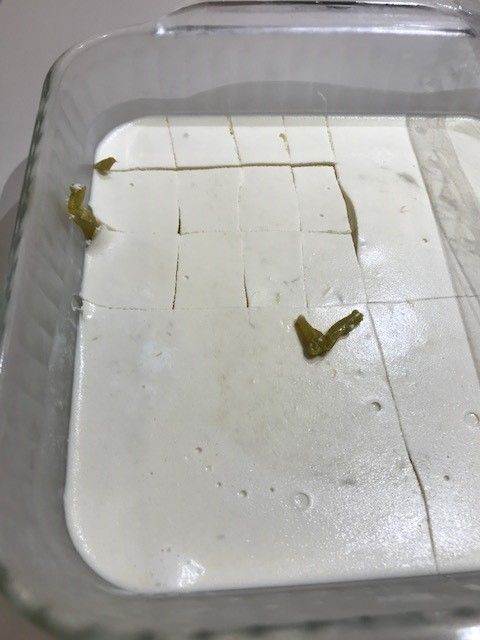



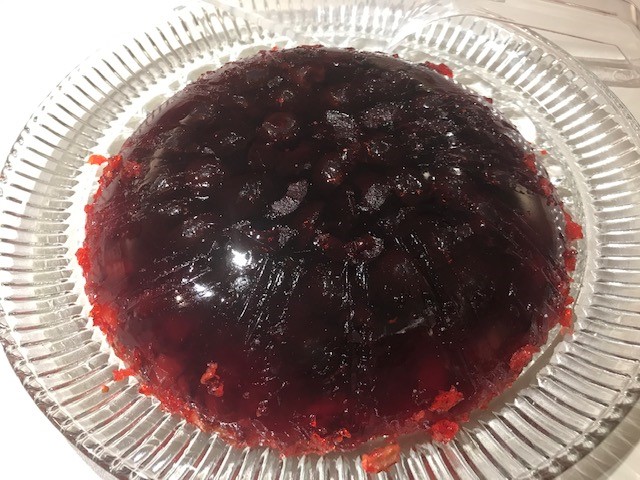
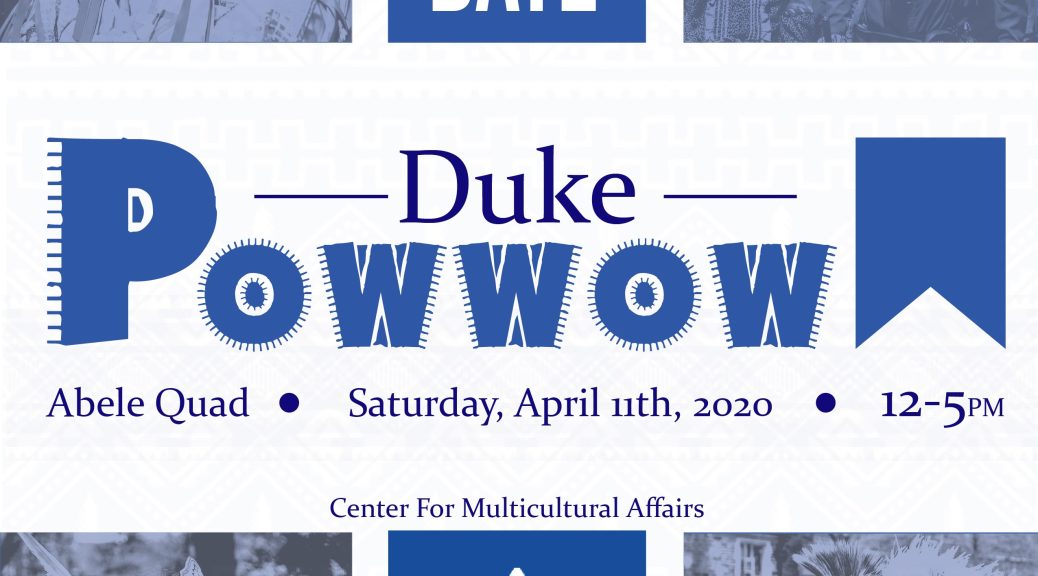



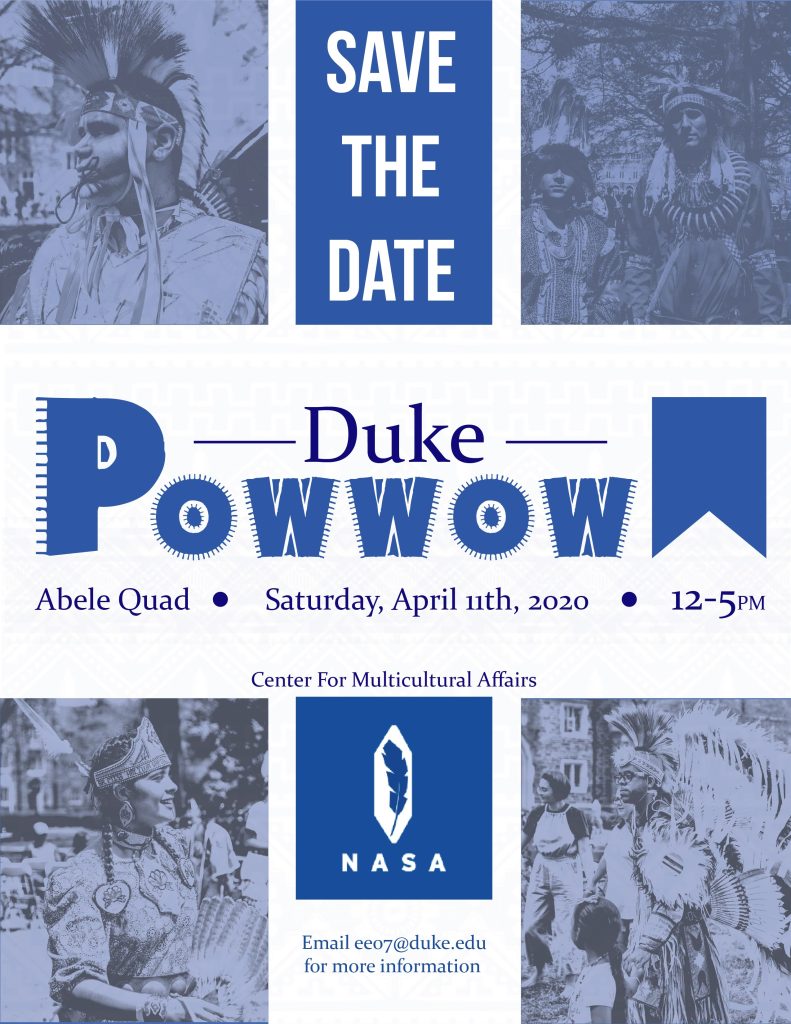
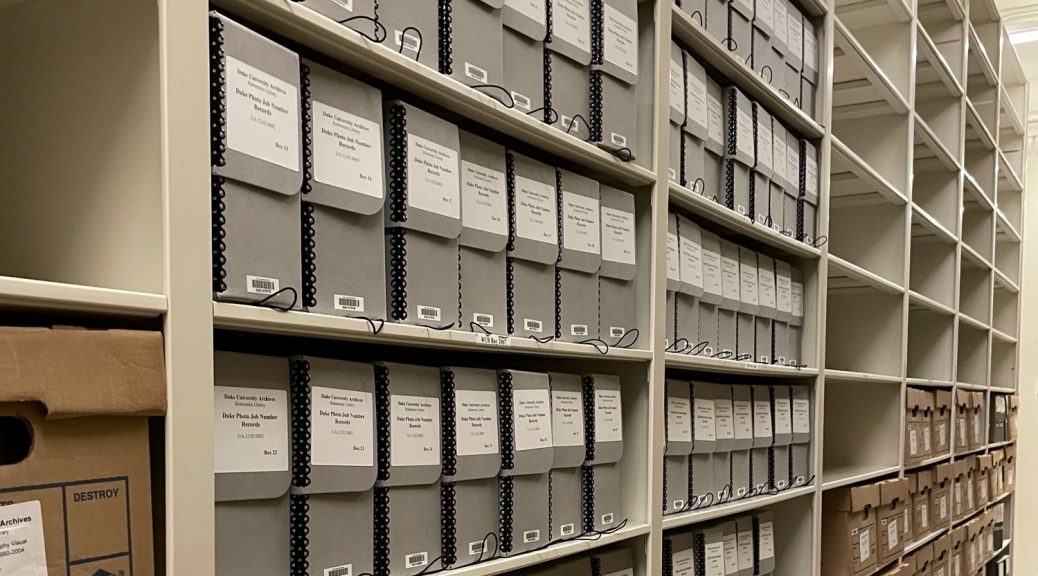
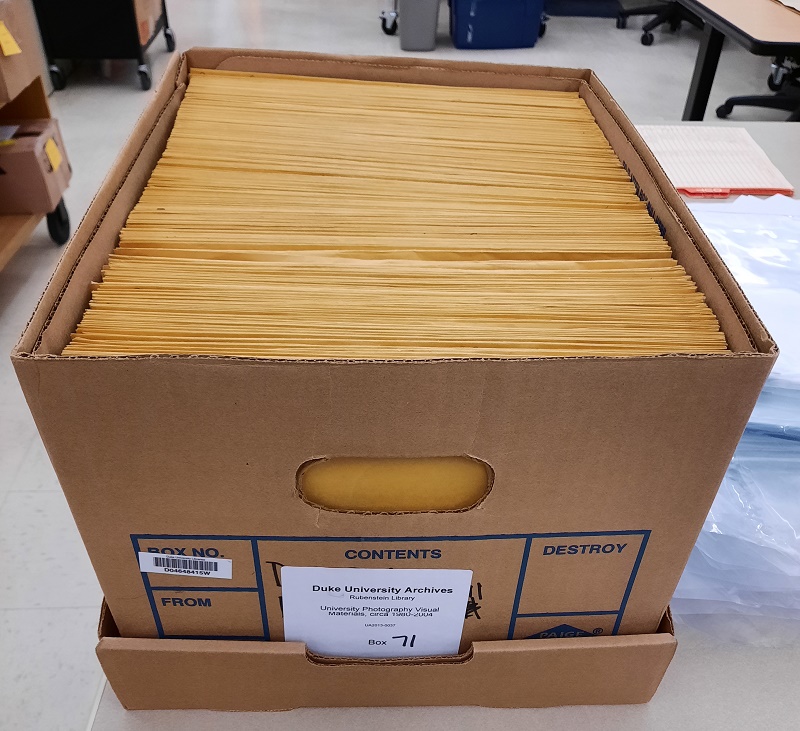
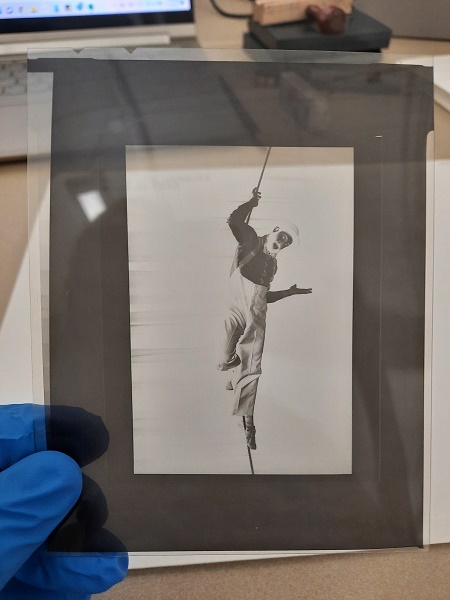

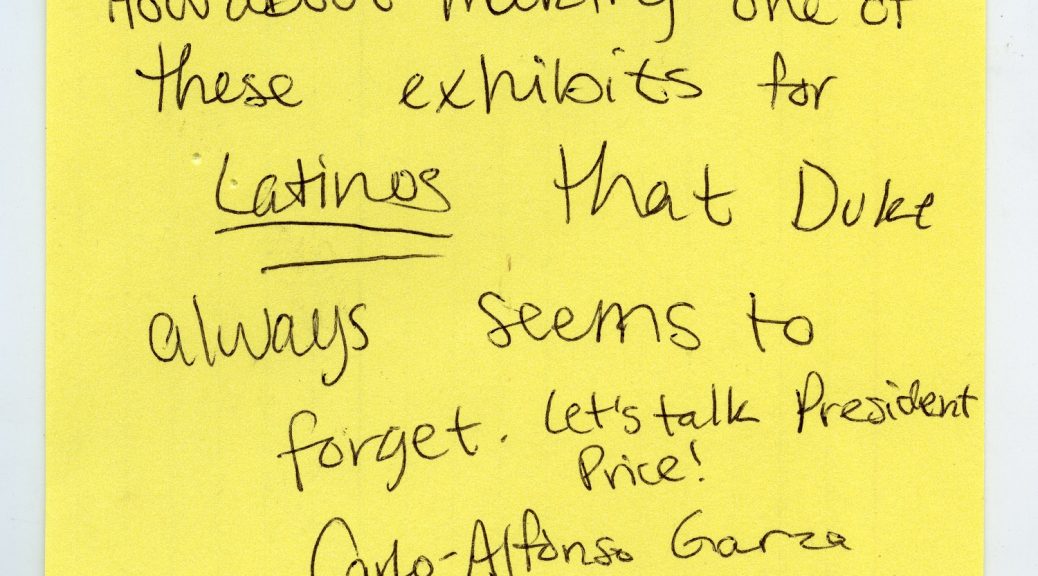
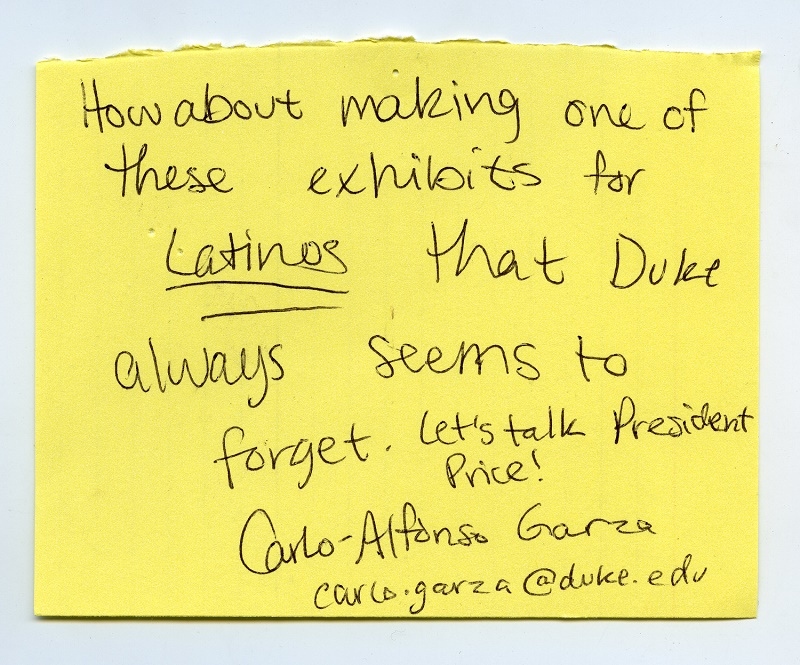

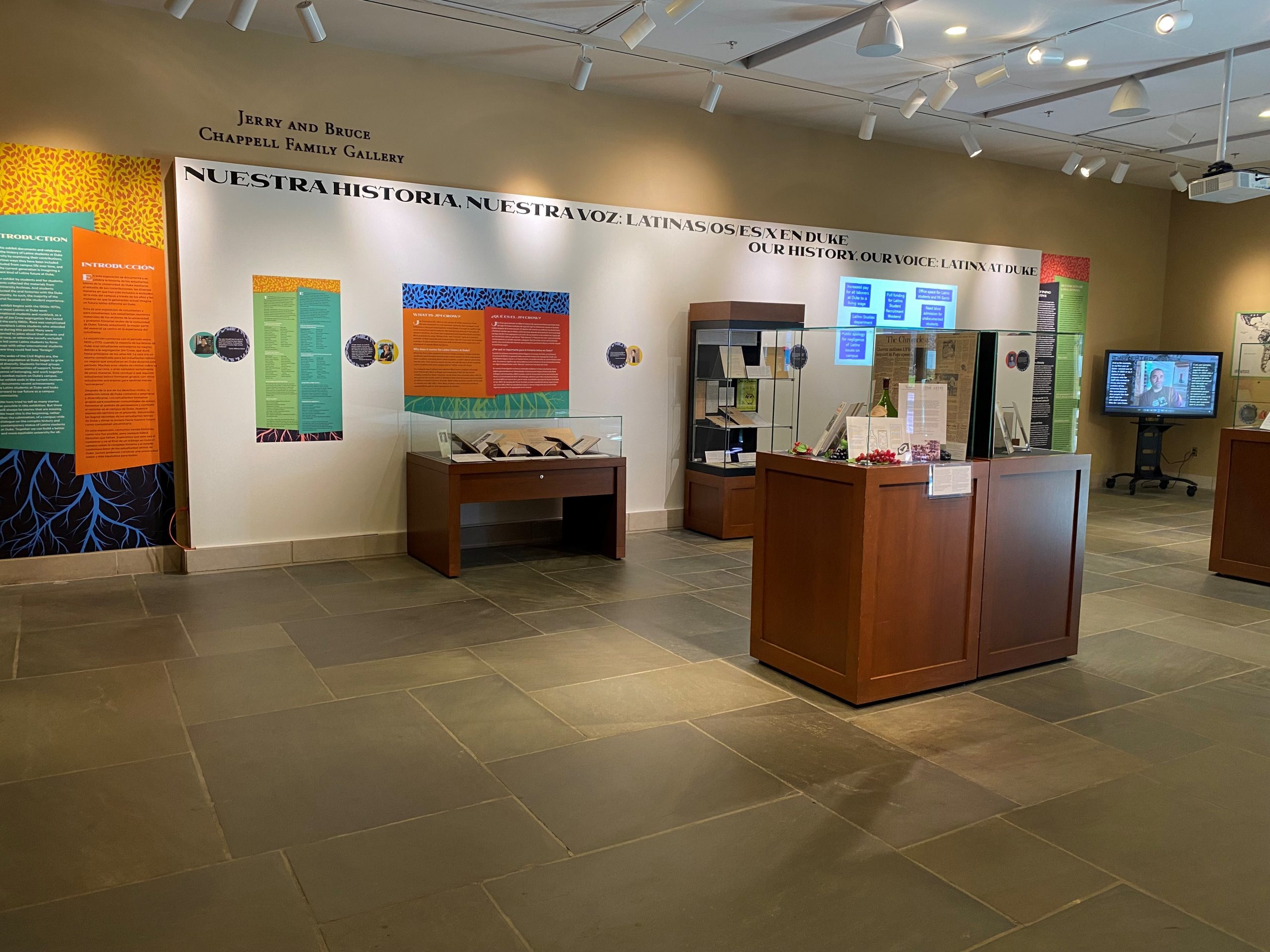
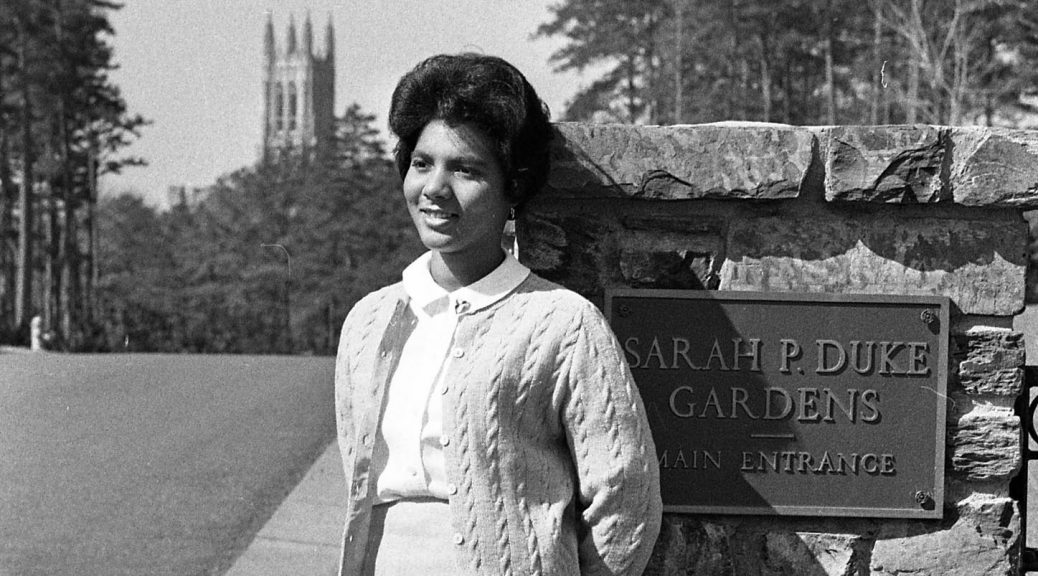
 Given this context, it was newsworthy when Wilhelmina Reuben, a member of Duke’s first class of Black undergraduates, was
Given this context, it was newsworthy when Wilhelmina Reuben, a member of Duke’s first class of Black undergraduates, was 

